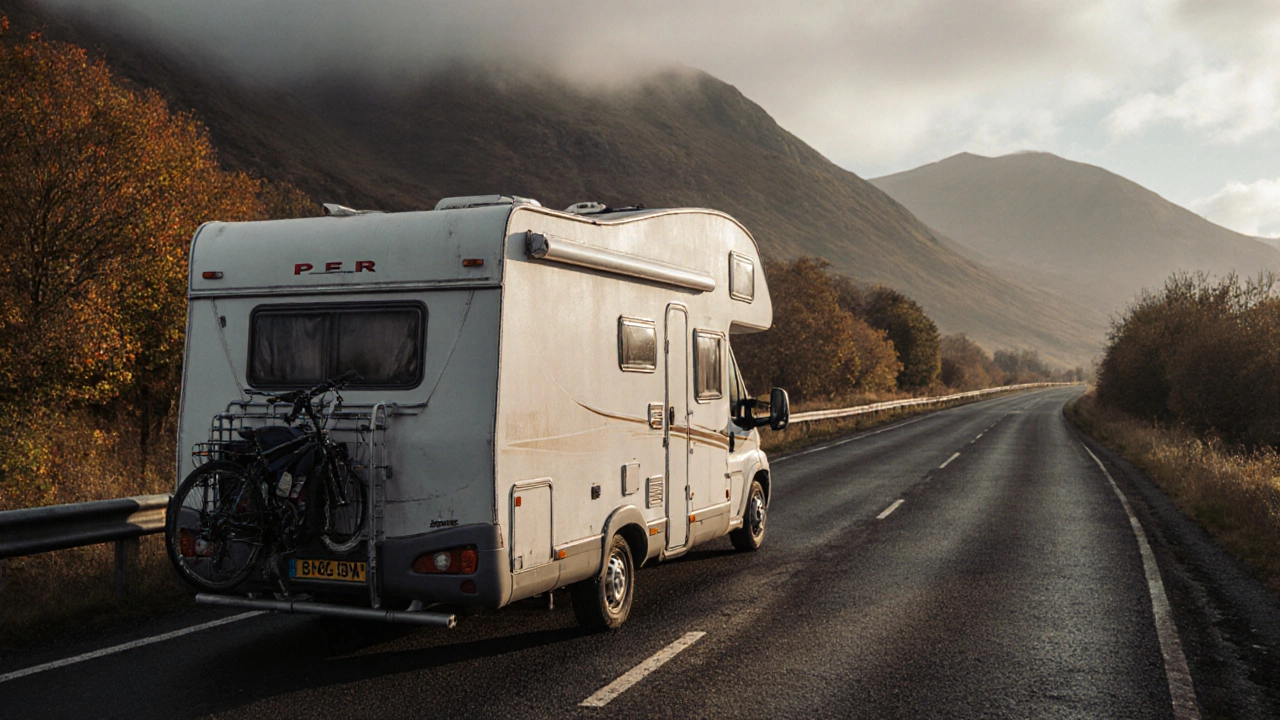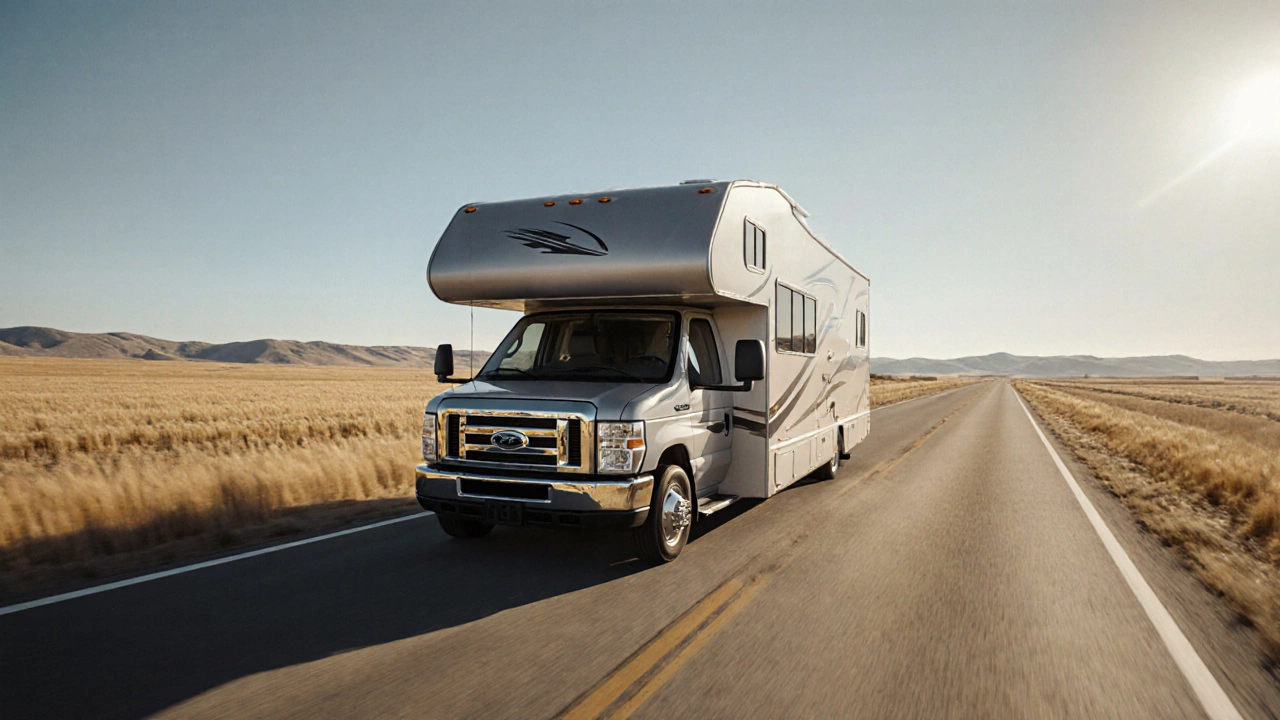RV Ownership Cost: What You Need to Know Before You Hit the Road
When planning your RV ownership cost, the total amount of money you’ll spend to buy, maintain, and run a recreational vehicle over time. Also known as motorhome expense, it includes purchase price, insurance, fuel, campsite fees, and upkeep.
One of the first pieces of the puzzle is motorhome hire cost, the daily or weekly rate you pay to rent a motorhome when you’re not ready to own one. Understanding hire rates helps you set a realistic baseline for what owning a similar model might cost in depreciation and financing. For example, a £150 per day hire in summer often translates to a £30,000 purchase price spread over five years, plus insurance and service.
Another critical factor is the full-time RVing budget, the monthly cash flow needed to live permanently in a motorhome. This budget covers long‑term fuel, routine maintenance, campsite subscriptions, and even utilities like propane. A typical full‑time budget in the UK ranges from £800 to £1,200 per month, depending on travel frequency and campsite choices. Knowing this number lets you compare renting versus buying and decide if a permanent setup fits your finances.
Power, Campsites, and Hidden Fees
Powering your rig when you’re off‑grid is another cost you can’t ignore. boondocking power, the electricity you generate or store while camping without hookups, often requires solar panels, a battery bank, or a generator. A decent solar kit can cost £1,000‑£2,000 upfront but saves you from paying for campsite electricity and reduces fuel use. Factor the amortized cost of that kit into your long‑term ownership calculations.
Don’t forget campsite fees. While some rural sites charge as little as £10 per night, premium locations with full amenities can run £30‑£40. If you plan to stay 20 nights a month, that alone adds £200‑£800 to your monthly outlay. Multiplying those numbers across a year shows how campsite selection dramatically swings your overall cost.
Maintenance is the quiet expense that creeps up. Regular oil changes, tyre replacements, and brake service can total £1,000‑£1,500 annually. Add unexpected repairs, and you’re looking at another £500‑£1,000 a year. Treat these as fixed line items in your budget to avoid nasty surprises.
Insurance is mandatory and varies widely. A comprehensive policy for a mid‑size motorhome typically costs £500‑£800 per year, but high‑value models or full‑time usage can push that to £1,200. Compare quotes, check coverage limits, and include the premium in your cost model.
Finally, think about depreciation. New motorhomes lose about 15‑20% of value each year for the first three years, then level off. If you plan to sell after five years, expect a 40‑50% drop from the original price. This loss is a real cost of ownership and should be offset by the savings you gain from not renting.
Putting all these pieces together—purchase price, insurance, fuel, power setup, campsite fees, maintenance, and depreciation—gives you a full picture of the RV ownership cost landscape. With clear numbers, you can decide whether to buy, lease, or continue hiring. Below you’ll find articles that break each of these elements down further, offering calculators, real‑world examples, and tips to trim expenses wherever possible.

